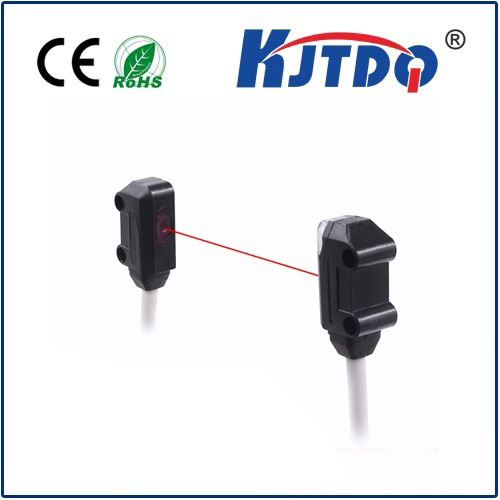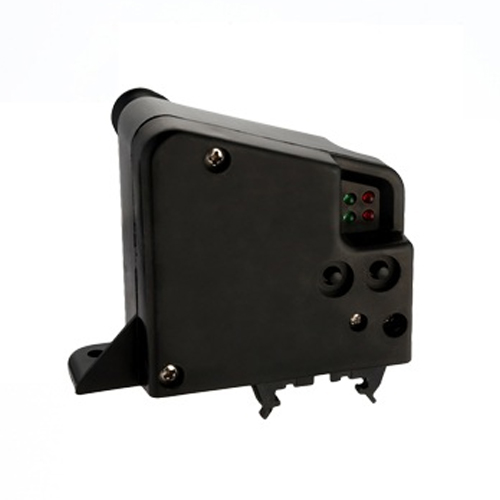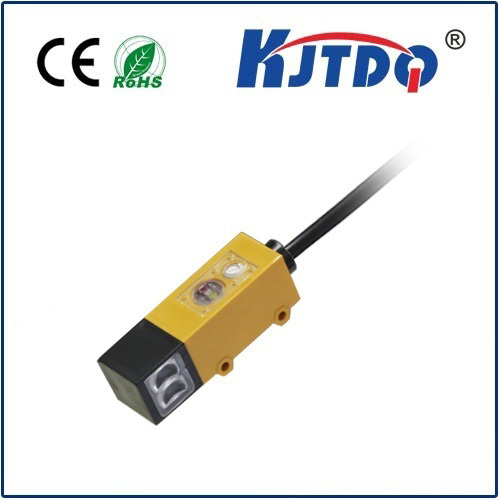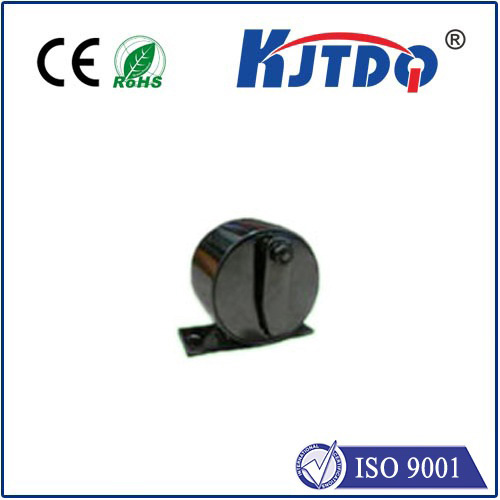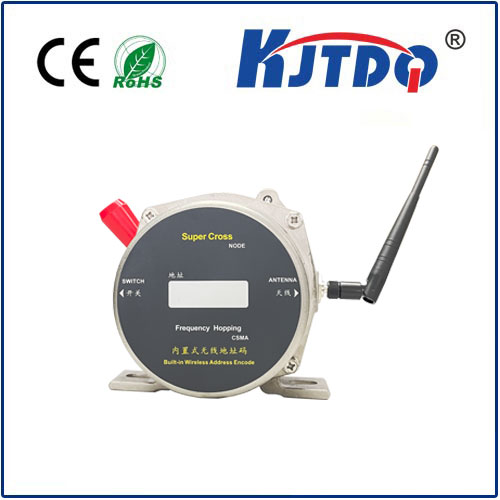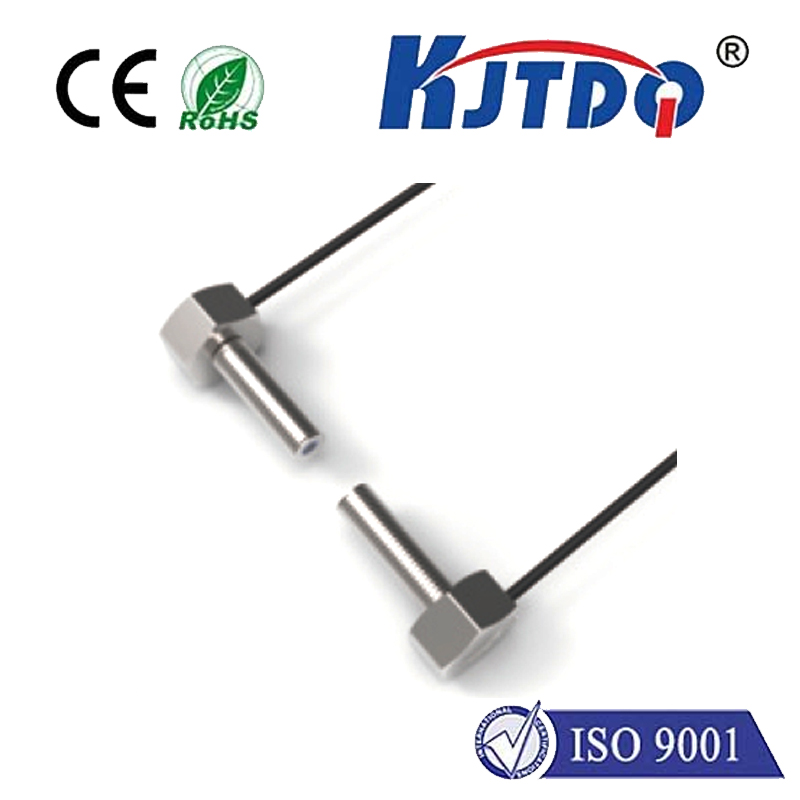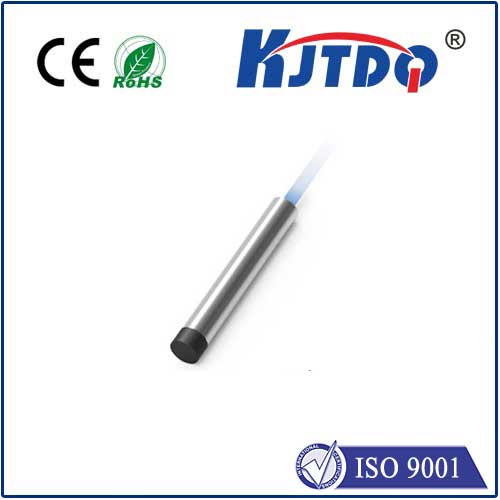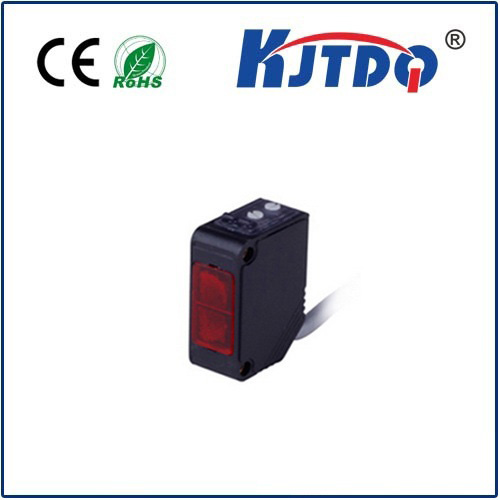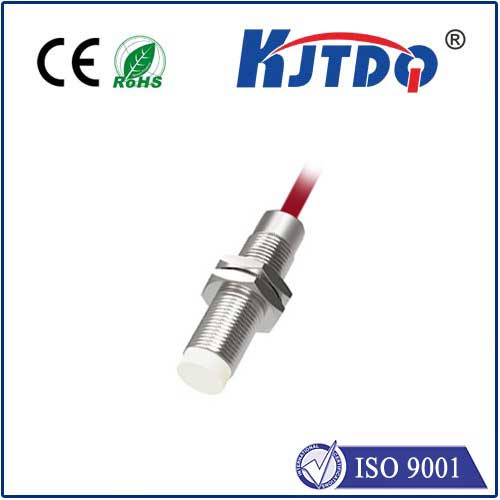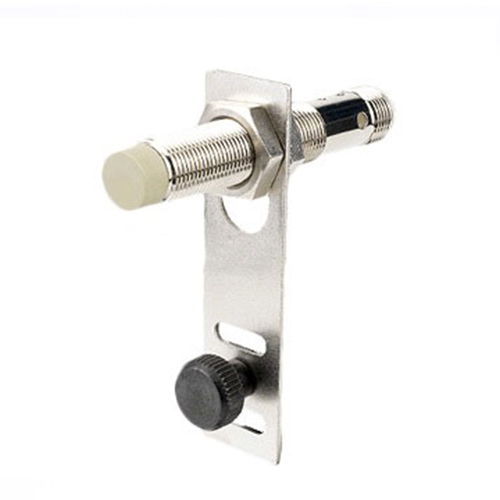

check

check

check

check

check

check

check

check

check

check
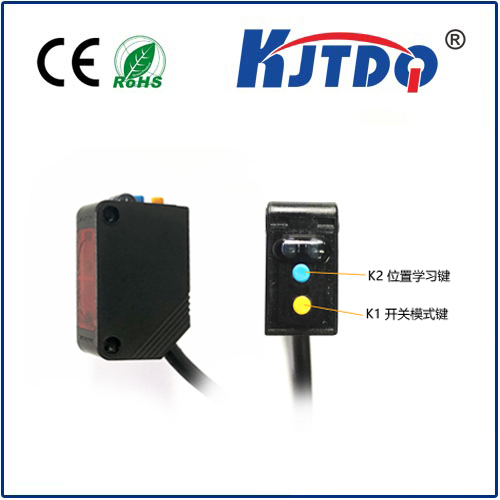
ToF (Time of Flight) laser ranging sensor is a sensor that determines distance by measuring the round-trip time of a light signal. It uses a laser emitter to emit a beam of light and receive the reflected light back through a receiver. By measuring the time from emission to reception of a light signal, the sensor can calculate the round-trip time of the light signal and thereby determine the measured distance. ToF laser ranging sensors are usually used to measure the distance between objects and sensors and can be widely used in industrial automation, robotics, driverless vehicles, indoor navigation, security monitoring and other fields. It has fast, accurate and reliable measurement performance and is suitable for different environments, such as indoors, outdoors, and can work normally under strong or weak light conditions.
The working principle of the ToF laser ranging sensor is based on the fact that the propagation speed of light is known, and the distance can be calculated by measuring the round-trip time of the light signal. Compared with other ranging technologies, such as ultrasonic or infrared, ToF laser ranging sensors have higher accuracy and measurement range, and can provide accurate measurement results for objects of different materials.
The I-TOF ranging method and the D-TOF ranging method are two methods for accurately measuring the time of flight of light:
I-TOF ranging method (phase TOF ranging method): This method calculates the time difference by measuring the phase difference between the modulated sinusoidal signal and the received signal. The advantage is that it has high measurement accuracy at close range, good ranging accuracy under sunlight, and small ranging distance attenuation.
D-TOF ranging method (pulse TOF ranging method): This method calculates the flight time of light by measuring the time difference between the start pulse synchronized with the light source and the stop pulse generated after the sensor receives the light signal. Compared with the I-TOF ranging method, the advantage of the D-TOF ranging method is that the accuracy does not decrease as the distance increases, it can detect multiple targets, and it has better adaptability to objects of different materials. Both methods can accurately measure the time of flight of light, and the choice of which method depends on specific application needs and environmental conditions.
Among them, the I-TOF ranging method is suitable for short-range measurements, strong sunlight environments, and situations where the distance attenuation is small, while the D-TOF ranging method is suitable for high measurement accuracy requirements, multi-target detection, and detection of different materials. A situation in which the object adapts well.
Overall, the ToF laser ranging sensor is a very useful technology that can achieve accurate distance measurement in many fields and provides a good solution for various applications.
